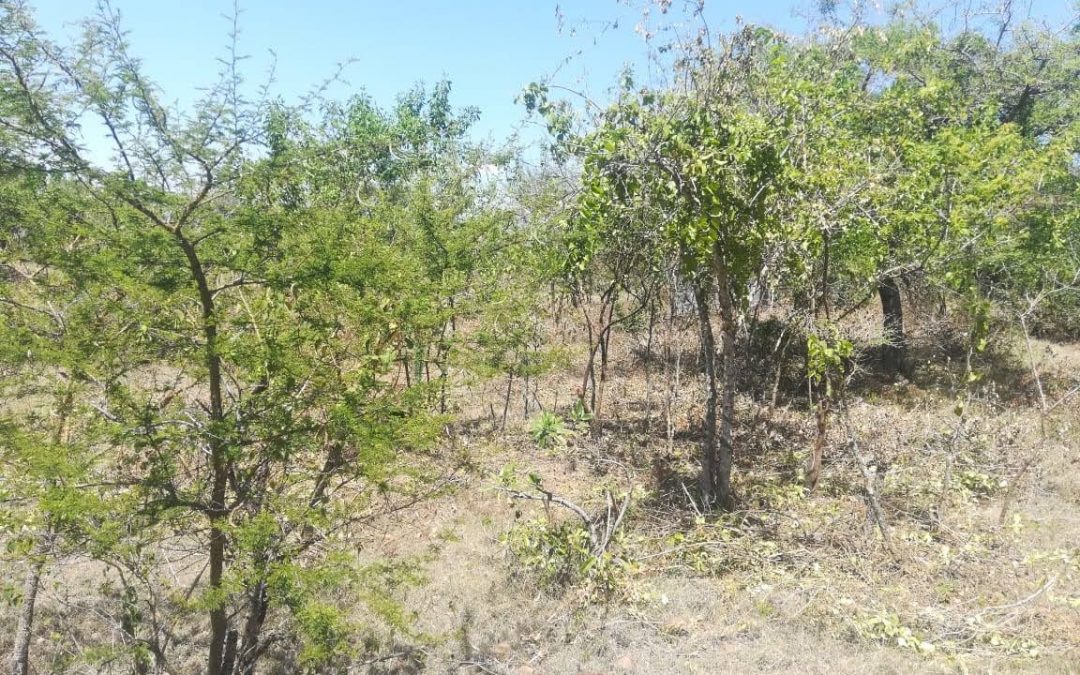When Maxwell Ochoo first ventured into fish farming at his farm in Odiere village, Homa Bay County, he almost abandoned the project half-way due to high cost of commercial fish feeds.
Three months into his project, he had already depleted all his savings to buy feeds for his fingerlings, yet he still had at least five more month to feed his fingerlings to maturity and ready for harvesting.
“l had no idea fish farming was such an expensive venture due to the expensive feeds. Buying feeds for the fingerlings was such a big expense, the business was barely surviving,” says Ochoo.
In his quest to find ways of minimizing the feeding cost, he was linked to World Vision officials who armed him with knowledge on agroforestry.
Charles Odhiambo, Regreening project manager, World Vision Kenya explains that since the organisation was promoting planting of various trees, they advised them to plant special trees like Calliandra and Sesbania that acts as fodder for livestock.
To supplement his feeds, he decided to try which of the two tree leaves would work best for the fingerlings.
“I fed my fish with Sesbania and Calliandra but discovered they loved Calliandra. Whenever l gave them Sesbania leaves they would only eat a few but devour the whole of Calliandra leaves. I started cultivating more Calliandra,” explains Ochoo.
Since then, Ochoo and other farmers embarked on production of more Calliandra trees for fish feed formulation.
Odiambo explains: “For the feeds first, you dry them for two to three days under shade to retain the green colour, and that is how you get maximum utility out of the Calliandra leaves.”
Ochoo warns that when you dry Calliandra under direct sun, there are minerals that are lost. After several attempts, he has now perfected the art.
“After drying the Calliandra leaves, l mix them with commercial feeds and give them to the fish. I have cut my production costs by half,” he says.
He explains the Sesbania trees also act as windbreaker around the fish farm. He harvests his fish after every eight months.
“The demand is high, and with cost of feeds reduced, l make good money,” shares Ochoo.
Originally published by Nanjinia Wamuswa in The Standard
This story was produced with the financial support of the European Union. Its contents are the sole responsibility of Regreening Africa and do not necessarily reflect the views of the European Union.

